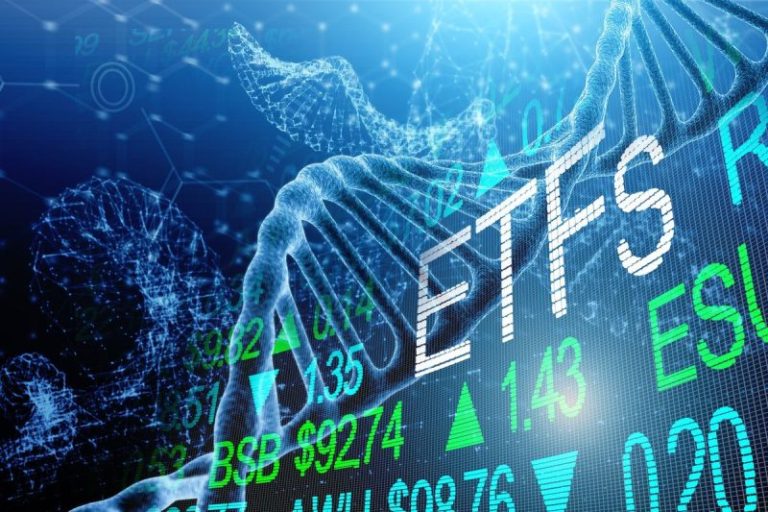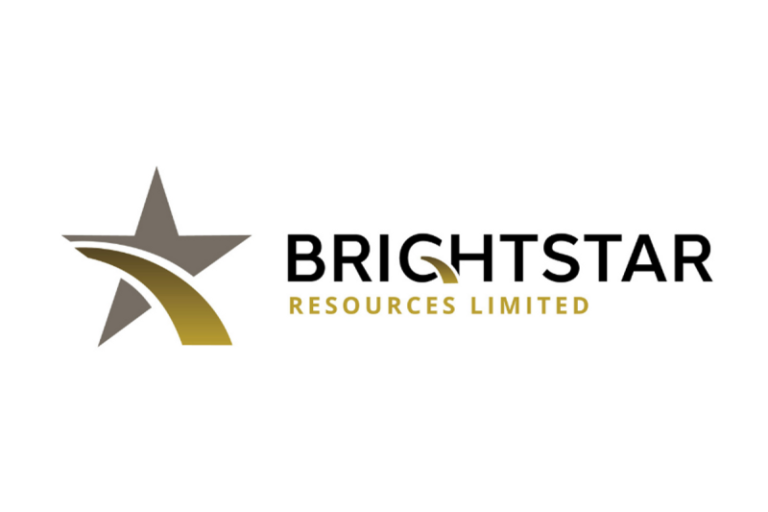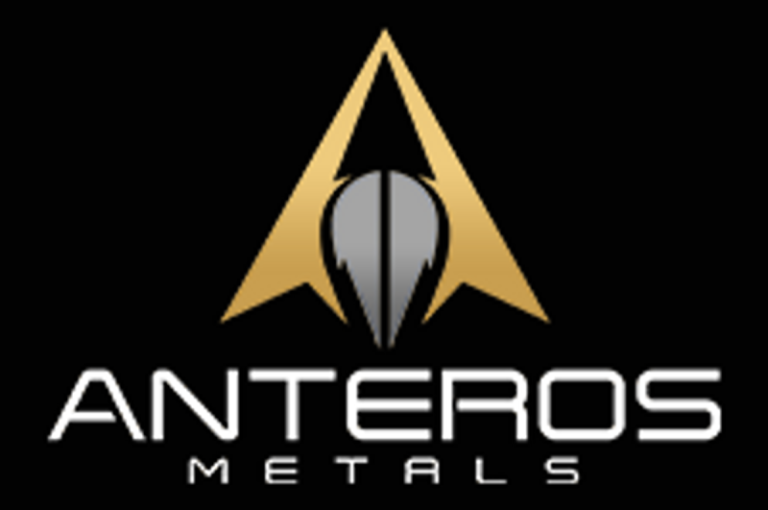Despite economic and geopolitical upheaval, 2024 was relatively calm for platinum-group metals (PGMs).
In its new PGMs report, research firm Metals Focus notes that all five PGMs — platinum, palladium, rhodium, iridium and ruthenium — ended 2024 in physical deficit, marking a pivotal year of stabilization and supply strain.
With tightening mine output, rising hybrid vehicle demand and industrial shifts driving ruthenium and iridium gains, 2025 is set to test the sector’s resilience amid constrained supply and cautious investor sentiment.
As the sector looks to 2025, the outlook remains constrained but cautiously optimistic.
PGM supply constraints widen deficits
While all five PGMs were in physical deficit last year, overall mine supply did edge on 2 percent year-on-year.
However, Metals Focus notes that this figure masks underlying weaknesses.
Much of the gain stemmed from temporary factors, such as the release of work-in-process stockpiles, particularly in South Africa, which accounted for a significant portion of the PGMs inventory processed during the year.
Platinum mine supply rose 3 percent to 5.77 million ounces, mainly due to output from South Africa, whose production exceeded 4 million ounces for the first time since 2021. Yet stripping out the one-time work-in-process boost, global production was more than 1 million ounces below the 2010 to 2021 average of 14.95 million ounces.
For palladium, mine supply rose less than 1 percent, bolstered by modest gains in Russia and stock drawdowns in South Africa, even as Canadian output dropped 10 percent due to price pressure.
The report notes that production cuts in high-cost regions were inevitable, owing to closures like Sibanye-Stillwater’s (NYSE:SBSW) shutdown of Stillwater West and curtailed operations at East Boulder.
In total, platinum ended the year with a second consecutive shortfall. Palladium was short by 407,000 ounces, continuing a near-decade trend of tightness. Rhodium, ruthenium and iridium also closed the year with deficits of 178,000 ounces, 219,000 ounces and 49,000 ounces, respectively — an across-the-board supply squeeze not seen in years.
Demand for PGMs shifts under electrification and industrial dynamics
On the demand side, the automotive sector — the dominant consumer of PGMs — saw a 4 percent contraction in fabrication demand to 12.14 million ounces, the first such drop since the pandemic year of 2020.
The continued rise of battery electric vehicles (BEVs), which do not use PGMs in their drivetrains, contributed to a 2 percent decline in catalyzed vehicle output. Although BEV growth slowed to 9 percent — its weakest since the technology gained mainstream traction — its market share still rose from 12 percent to 13 percent.
Hybrids, however, offered a bright spot for PGMs, with production jumping 28 percent and often requiring heavier PGM loadings than traditional internal combustion engine (ICE) vehicles. This helped cushion demand for autocatalysts, particularly platinum, which saw slower rates of palladium substitution as the price gap narrowed.
Platinum demand, in contrast, overall fell by 2 percent to 7.79 million ounces. Automotive and industrial usage were also dragged down by a 27 percent plunge in chemical applications, particularly in China’s paraxylene sector.
But jewelry demand surged 9 percent — its strongest growth since 2019 — driven by India’s booming export orders and Japanese consumers shifting from gold due to its soaring price.
Ruthenium and iridium, the lesser-known PGMs, also saw rising industrial relevance.
Ruthenium demand surged by 20 percent — reaching its highest level since 2006 — fueled by China’s caprolactam chemical sector and artificial intelligence-driven growth in hard disk drive production.
Meanwhile, iridium demand jumped 15 percent to a record 298,000 ounces, driven by ballast water treatment systems, acetic acid output, and early stage copper foil applications.
Palladium, long buoyed by ICE reliance, saw total demand fall 4 percent to 9.75 million ounces.
Automotive fabrication dropped 5 percent, with thrifting and substitution playing an increasing role, though the latter slowed due to narrowing discounts with platinum. Industrial use remained stable, down less than 1 percent, with electronics up 1 percent amid recovering consumer tech and AI hardware growth.
Recycling gains traction, but can’t fill supply gap
Secondary supply helped offset falling mine output, with autocatalyst recycling up 9 percent year-on-year.
Metals Focus largely attributes this gain to higher vehicle scrappage rates, improved new car sales and aggressive recycling incentives in China. Still, recycling fell short of restoring equilibrium.
Platinum secondary supply rose just 1 percent as jewelry recycling remained weak, with Chinese and Japanese flows down due to sustained low prices and reduced scrap availability.
Palladium fared better with a 9 percent increase — its strongest growth in five years — again led by China, where palladium dominates catalytic converter formulations.
Yet, even with these gains, total recycling volumes were insufficient to offset underlying shortfalls. Jewelry scrap fell by 29 percent for platinum and 45 percent for palladium compared to 2021, underscoring a structural shift in the recycling base amid changing consumer behavior and metal substitution.
PGMs prices stabilize, but caution prevails
PGMs prices stayed fairly in 2024, with volatility restrained.
Platinum traded within a tight US$850 to US$1,100 per ounce band, hovering mostly from US$900 to US$1,000.
Palladium, despite ongoing bearish sentiment, found support at US$900 per ounce, while rhodium stabilized around US$4,400 per ounce after collapsing from highs above US$29,000 in 2021. Meanwhile, iridium fell 12 percent in price over the year, though bargain hunters helped maintain a floor around US$4,000 per ounce.
Ruthenium rebounded 24 percent from September lows, ending the year supported by robust Chinese demand.
While the PGMs markets appear to be finding their bottom, the Metals Focus report emphasizes that the risk of supply squeezes and price spikes remains.
Indeed, short positioning on the CME contributed to sporadic rallies, especially for palladium. Net managed money positions averaged 1.05 million ounces short for the year, peaking at 1.63 million ounces in August.
Metals Focus’ 2025 PGMs outlook
Looking ahead, 2025 is expected to continue many of 2024’s trends.
Physical deficits will persist, particularly in rhodium, ruthenium, and platinum. Above-ground stocks (AGS) remain elevated for platinum and palladium, muting potential price rallies, but continued mine cutbacks could shift this balance over time.
Forecasts suggest platinum will average US$970/oz, up slightly from 2024. Palladium is expected to average US$930, down 5 percent year-on-year, while rhodium may rise 8 percent to US$5,000, supported by its deficit and scarce above-ground reserves.
Ruthenium is forecast to jump 26 percent to US$550, with iridium expected to average US$4,100, a 14 percent drop driven largely by 2024’s elevated base.
In sum, 2024 marked a transitional year for the PGMs—one of normalization rather than expansion. Supply remains tight, demand is recalibrating in the face of technological shifts, and investors are returning cautiously.
Whether 2025 brings further recovery or renewed disruption for the collective will depend not just on markets—but on mines, metals, and momentum-shifting market sentiment.
Securities Disclosure: I, Giann Liguid, hold no direct investment interest in any company mentioned in this article.
This post appeared first on investingnews.com










